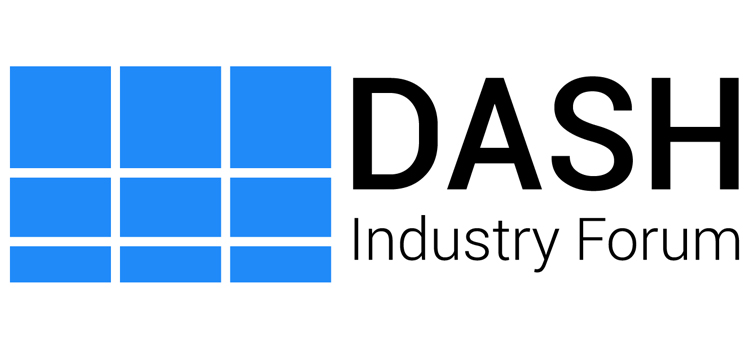Take a look at this video-summary about Epic Labs showcasing its streaming optimizer LightFlow at IBC 2018.
In this video, we are talking about another tool of Machine Learning- Natural Language Processor- which could be used to enhance the accuracy and power of computer vision. Natural Language Processing or NLP is used to understand the meaning of human language by training an algorithm that looks for the relationship between words. One of these relationships could be “belongs to” or “contains”, and so we can relate several concrete terms (fruit, cereals, milk) with an abstract concept that contains all (breakfast, morning). We can use this feature to increase our accuracy in detecting concepts in a scene. We also propose this method for the use case “Contextual Advertising” to avoid wrong detections derived from the context of a video:
0:00 – Intro
0:37 – Object Detection
1:07 – NLP definition
1:16 – Context example 1: BREAKFAST
2:00 – Context expample 2: BASEBALL
2:23 – Contextual advertising USE CASE
3:00 – Recap


 Epic Labs
Epic Labs